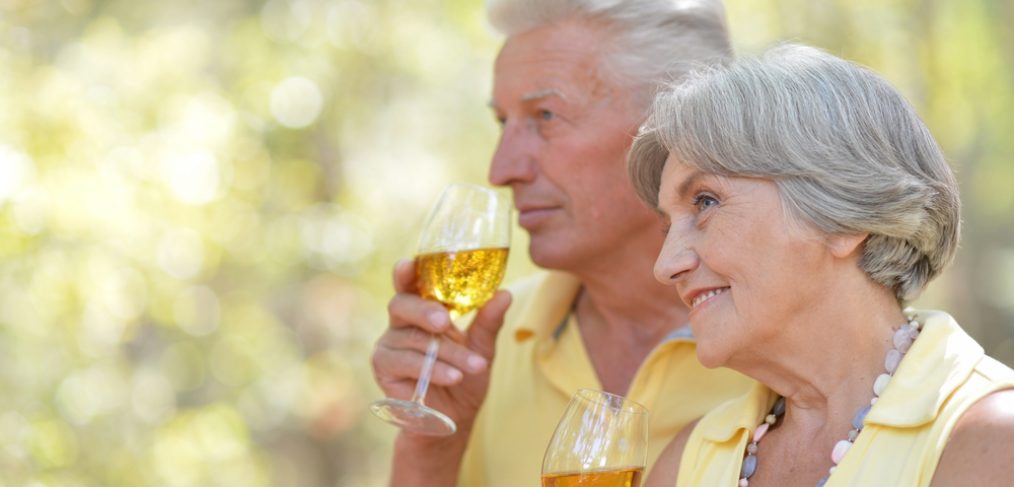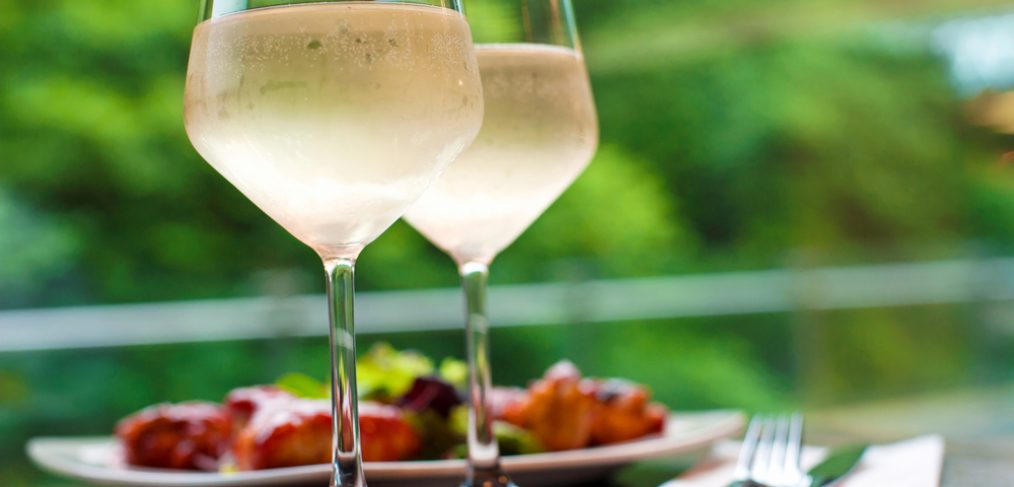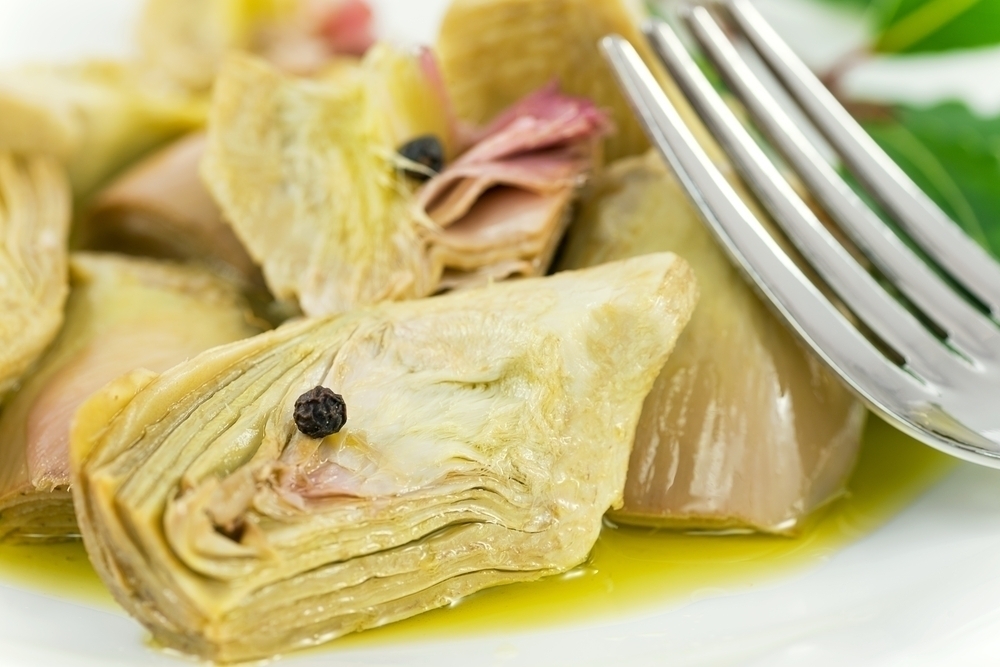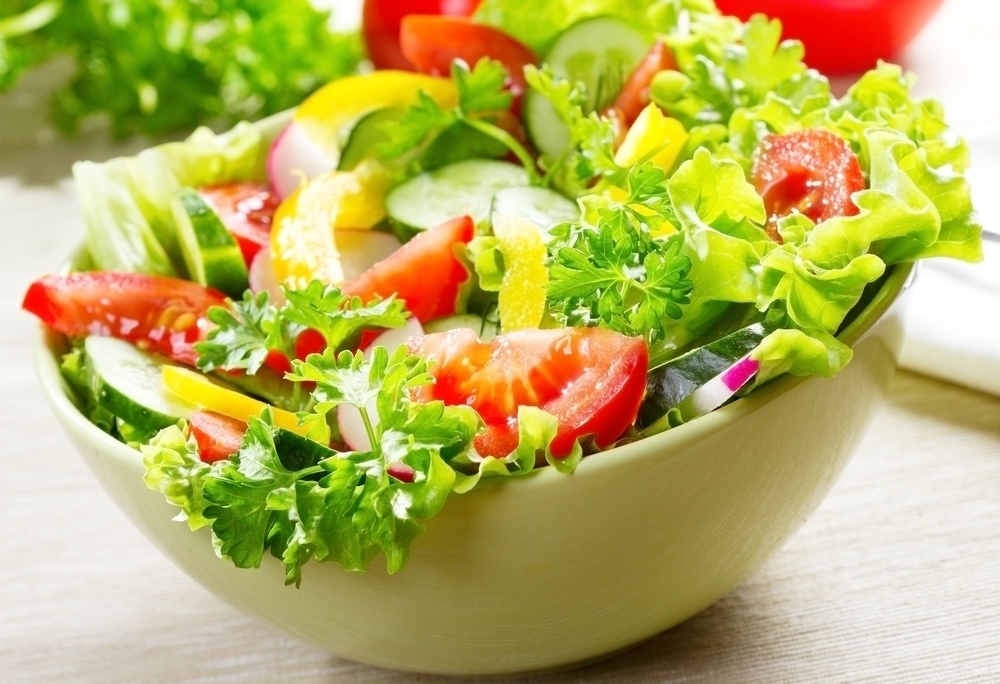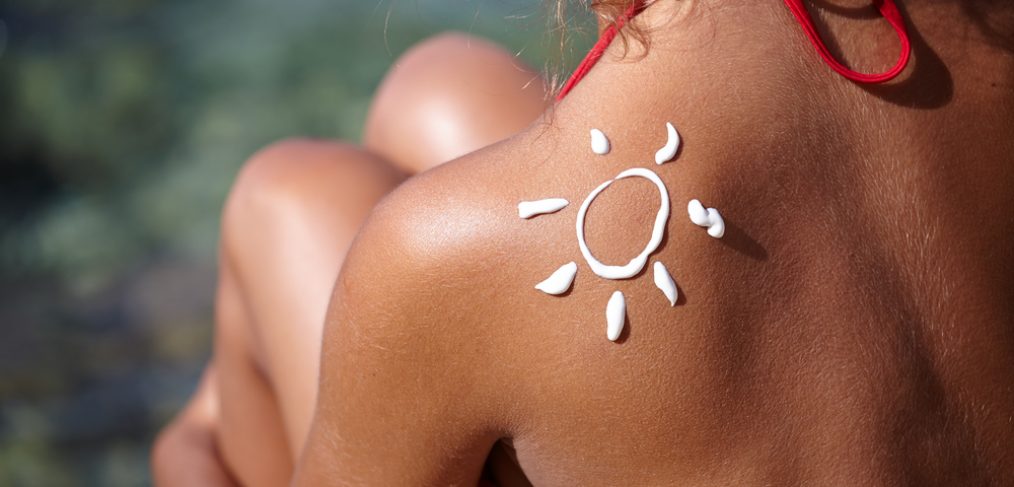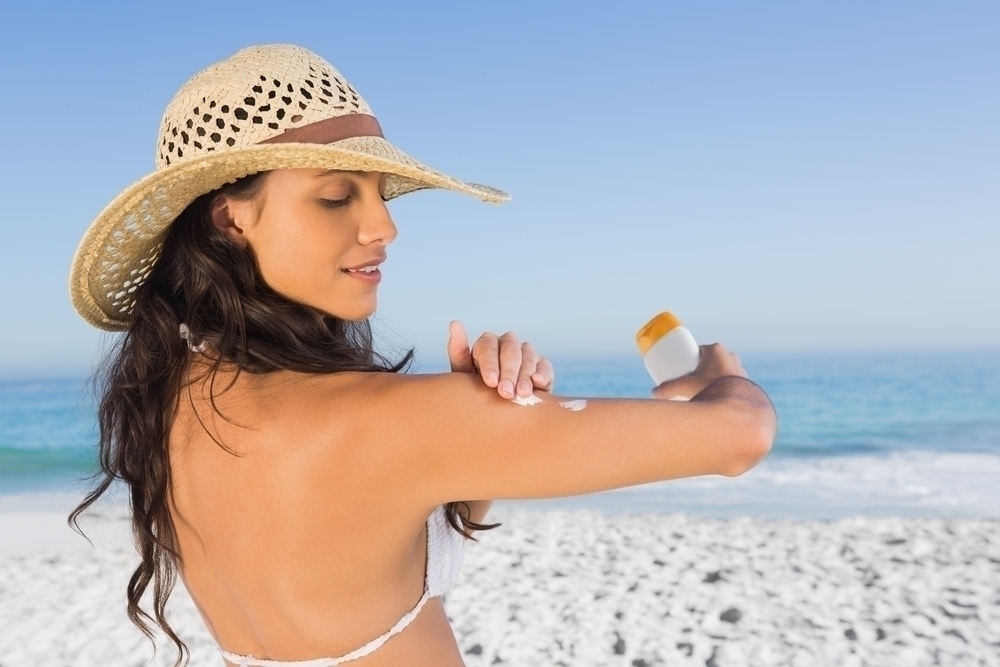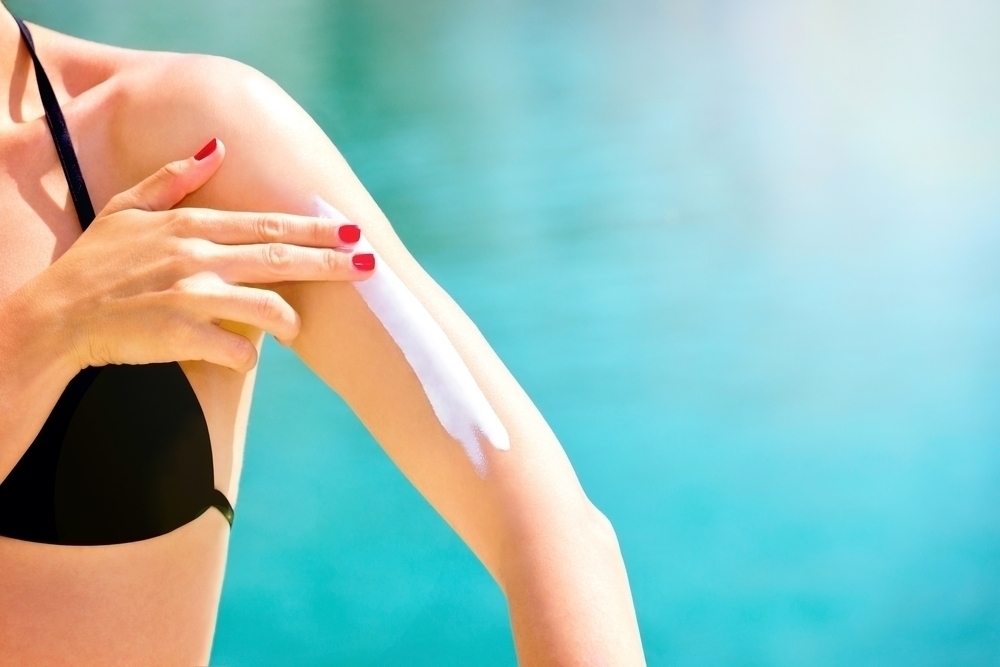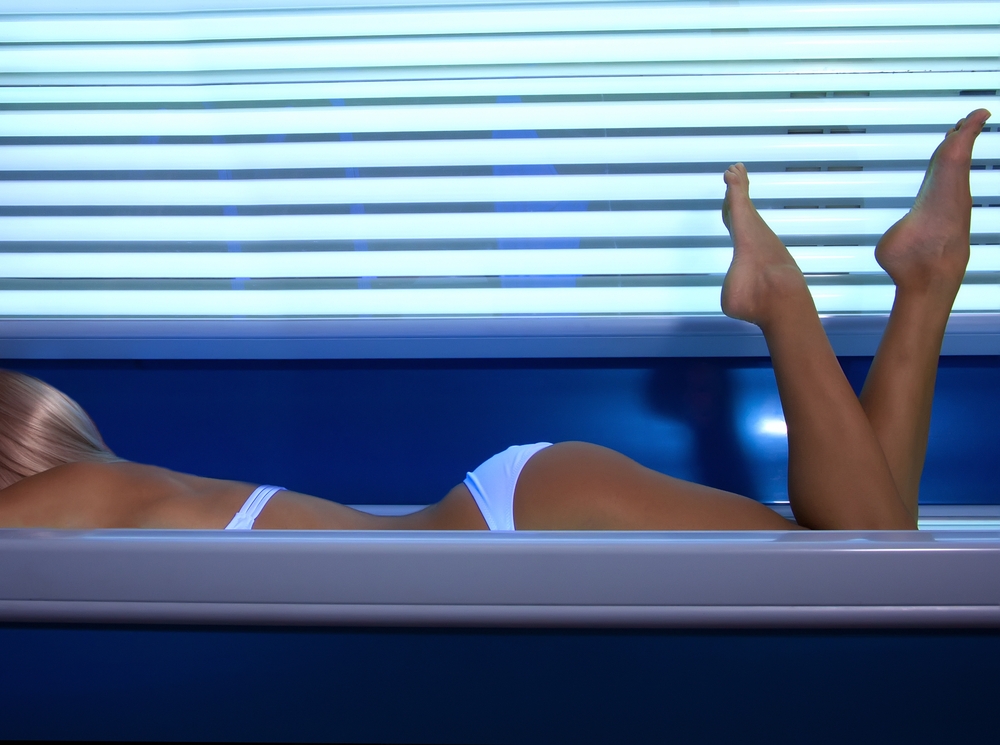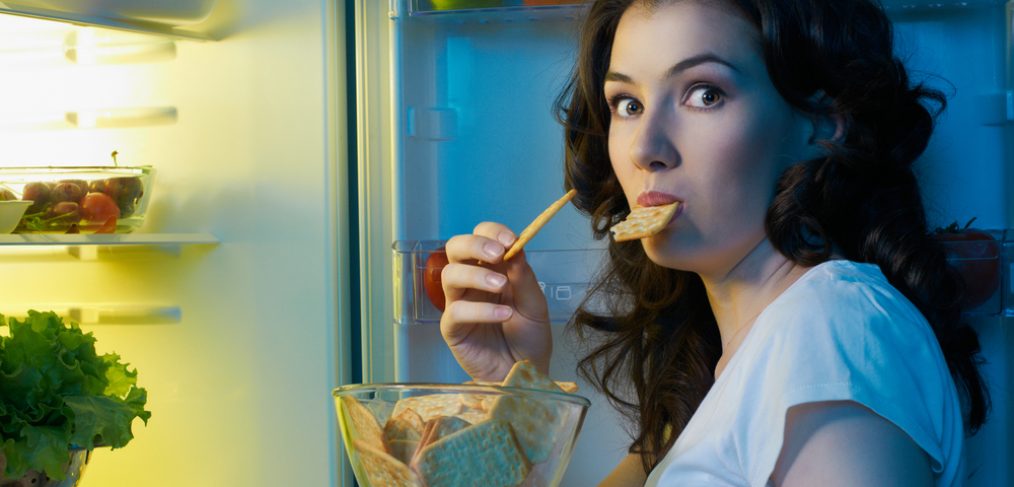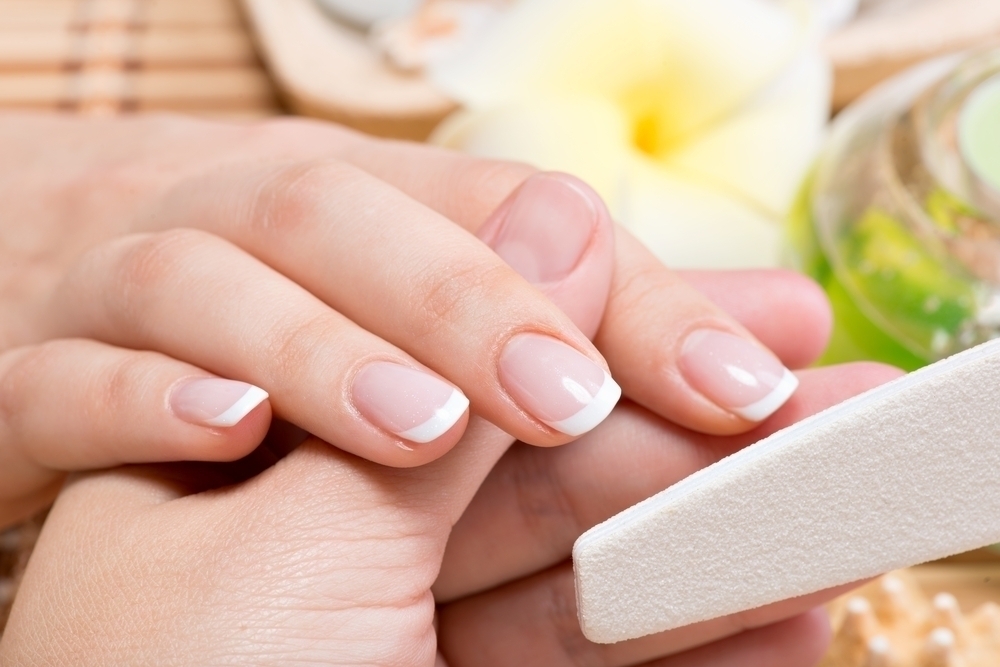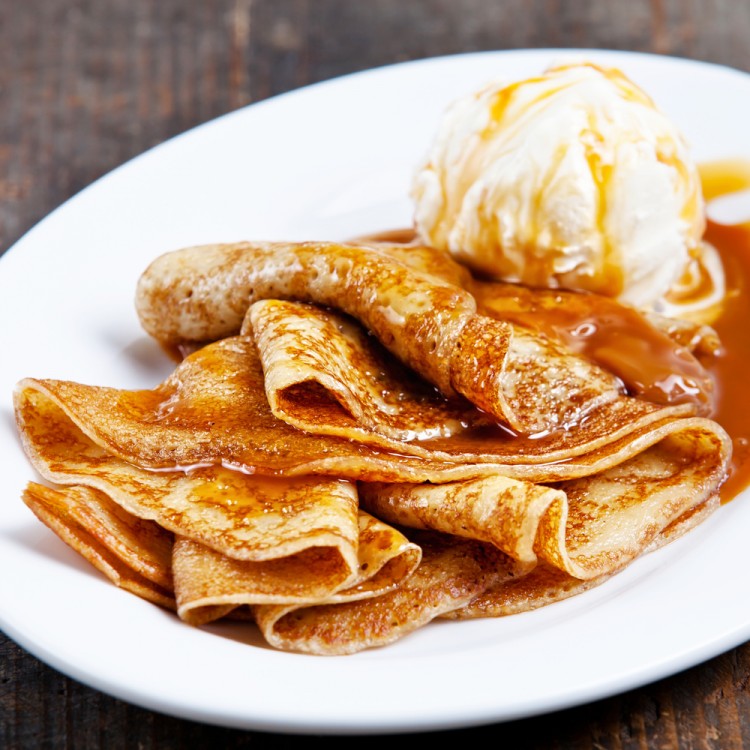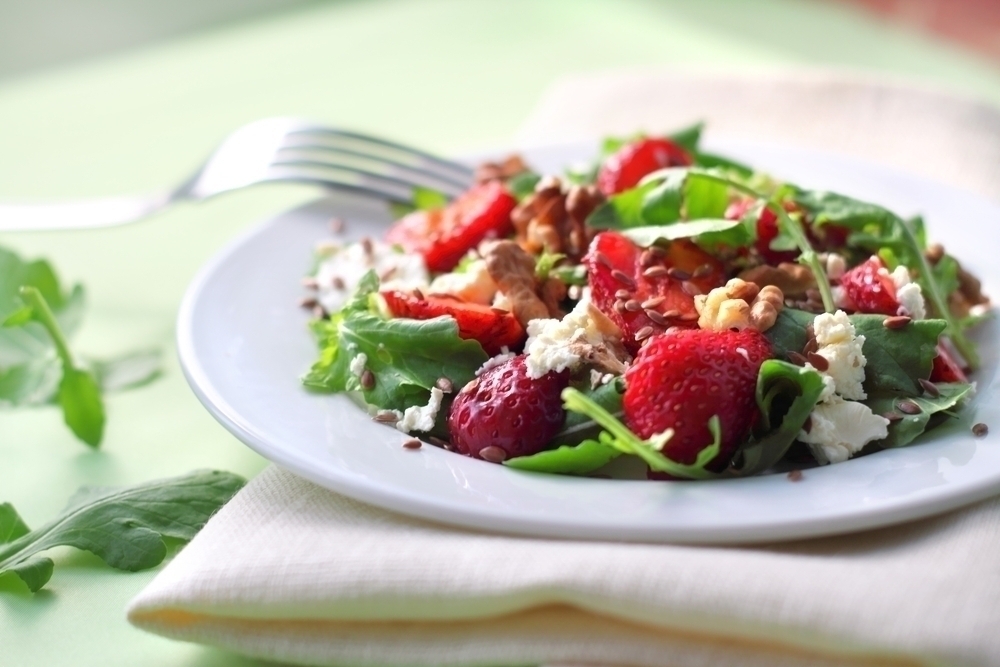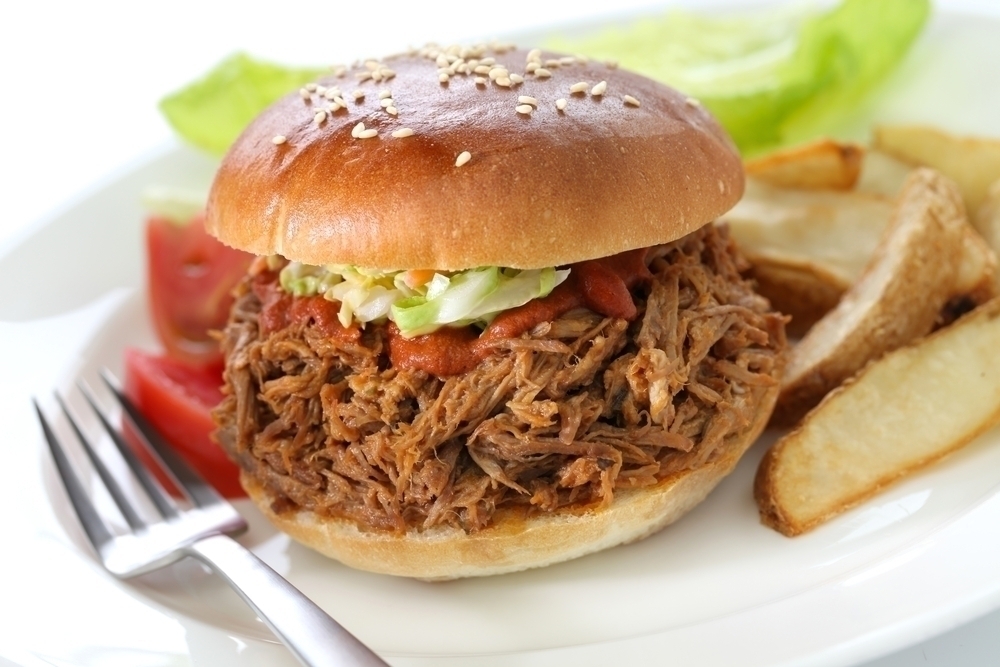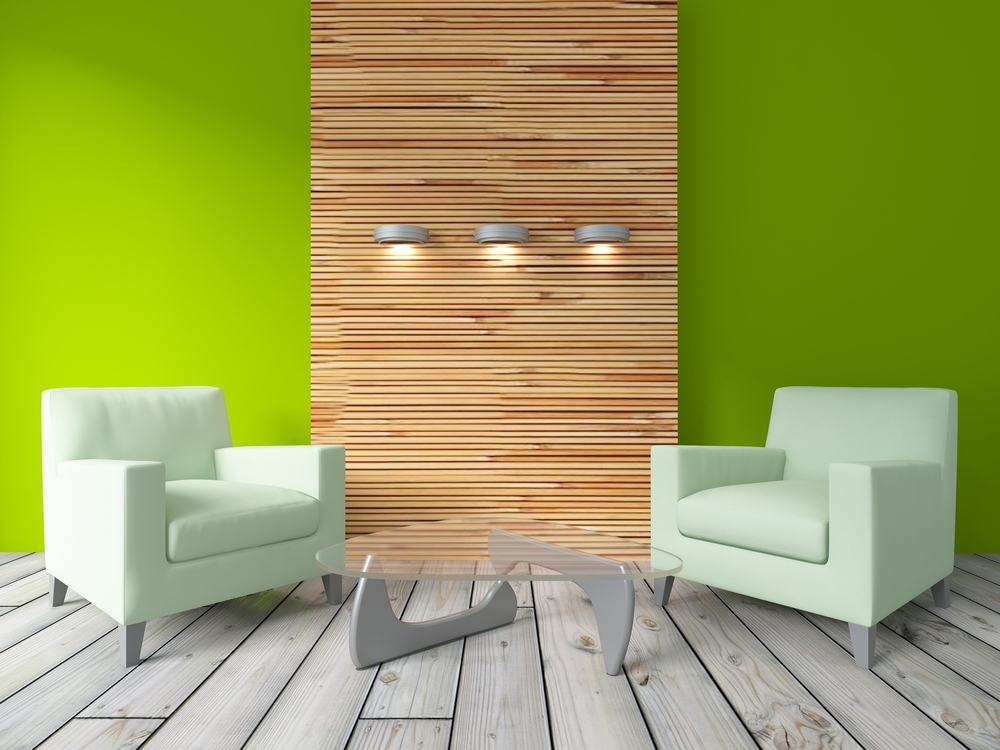New research being conducted at Georgetown University suggests that people suffering from early onset Alzheimer’s disease should be routinely tested for glucose intolerance. Alzheimer’s is “…a type of dementia that causes problems with memory, thinking and behavior,” according to the Alzheimer’s Association. Most believe that Alzheimer’s is a disease that only the elderly population struggles with, but there are many individuals with early-onset Alzheimer’s disease. Alzheimer’s is the most common form of dementia that has no known cure and that progressively worsens over time. Research out of Georgetown University suggests that those with early onset Alzheimer’s may have something else to be concerned with.
The Study
Dr. R. Scott Turner, MD, Ph.D. is a neurologist at Georgetown University and while conducting a nationwide study on people with mild to moderate Alzheimer’s, discovered that a large number of the participants were found to have undiagnosed glucose intolerance. According to an article published online at Diabetes News Journal, the study examines resveratrol, a natural phenol which can be commonly found in blueberries, red grapes, mulberries, red wine and raspberries, to determine whether or not it could bring about a change in the glucose levels in patients who suffer from mild to moderate Alzheimer’s disease. Dr. Turner also noted that resveratrol is believed to act on proteins in the brain in a way that mimics the effects of a low-calorie diet.
The way in which resveratrol works on proteins in the brain is important because previous studies indicate that calorie restrictions can help in preventing issues such as Alzheimer’s and diabetes. Dr. Turner’s study began with an emphasis on resveratrol and Alzheimer’s and for patients to be admitted he ordered a fasting glucose tolerance test to provide a baseline level. Patients were retested two hours after they ate and a continued high sugar level after two hours shows that glucose intolerance is high. It was during the glucose intolerance screenings that Turner noticed an interesting pattern: “All told, overall prevalence of impaired glucose tolerance of diabetes at two hours was 43 percent or nearly half of the recruited study candidate cohort.”
The Indications
Further research is required to determine what link, if any, diabetes and Alzheimer’s have. Turner’s study was designed to study the effects of resveratrol in the prevention of Alzheimer’s, therefore, it was not set up to study the diabetes/ Alzheimer’s relationship.
All of this information is fascinating, but what impact does it have on your life? First, eating a healthy, low-calorie diet can help in the prevention of degenerative diseases such as Alzheimer’s. Secondly, another possible way to help prevent or slow serious diseases is resveratrol. A glass of red wine or a handful or blueberries may do far more than please your palette, it may keep degenerative diseases at bay. Of course, before making any additions or serious changes to your eating habits and diet, it is strongly advised to check with your doctor to make sure you really are making helpful and healthy choices.



